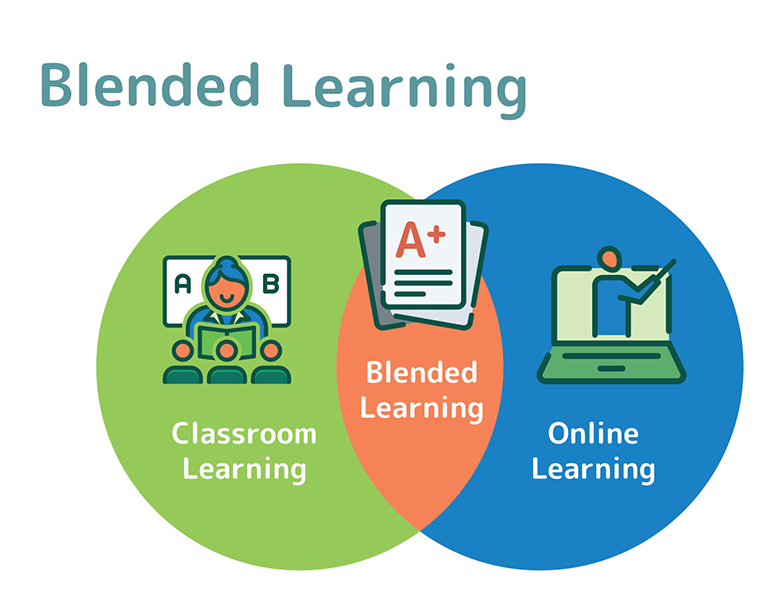Hello everyone! Welcome to my first blog post for EC&I 834. Enjoy!
My name is Arkin Kauf, and I am a Vice Principal with the Regina Catholic School Division. I have taught grades seven and eight and have had experience teaching in inclusive education settings. EC&I 834 is my tenth course toward the Master’s in Educational Leadership program.

During my time teaching grades seven and eight, I was fortunate to have been accepted in the second round of ‘Connected Educator’ applications within my school division. This program equipped my class with a cart of 1:1 Windows laptops to enhance student learning through the integration of technology. This was an exciting opportunity as the access to technology welcomed authentic and unique assessments and tasks to meet student needs. Further, it allowed for collaboration beyond the classroom walls.
My experience with teaching and learning through the modality of blended learning was introduced during the COVID-19 Pandemic. Valerie Irvine’s (2020) article speaks of the ‘simpler days’ of technology, and through enhancement and development, synchronous and asynchronous modalities became a reality – and with that, “the first layer of semantic confusion” when defining blended learning. For me, blended learning is a combination of face-to-face and virtual learning opportunities. As I ventured to learn a bit more about Brian Beatty’s HyFlex learning, I stumbled upon this video that provides a concise understanding:
Due to safety measures, education relied heavily on technology to deliver and maintain education standards to students while at home. I quickly became familiar with Microsoft Teams and its ‘one-stop’ fit to meet my vision for blended learning. Along with the distribution of paper homework packages, our class used Microsoft Teams to meet each morning to review expectations of the day. This was followed with a live Mathematics lesson using the whiteboard and video-call features. As students became more comfortable with Teams, we expanded to using platforms like SeeSaw, OneNote, Microsoft Forms, and Flipgrid to share our learning and stay connected as a class.

Collaboration became seamless with other grade seven and eight teachers using Microsoft OneNote. A group of us created shared documents for each subject. This ‘pivot’ also encouraged students to collaborate also…but blended learning was met with challenges.
I felt it was difficult to teach or that I was teaching to the wall with no instant response from students. Many students did not turn on their cameras or have access to technology to attend our virtual learning space. I see the potential of blended learning and opportunities that emerge from successful implementation, but it certainly takes a shift in mindset and a lot of educating and modeling! I am looking forward to learning more about blended learning, the benefits, and education around integrating blended learning successfully.
